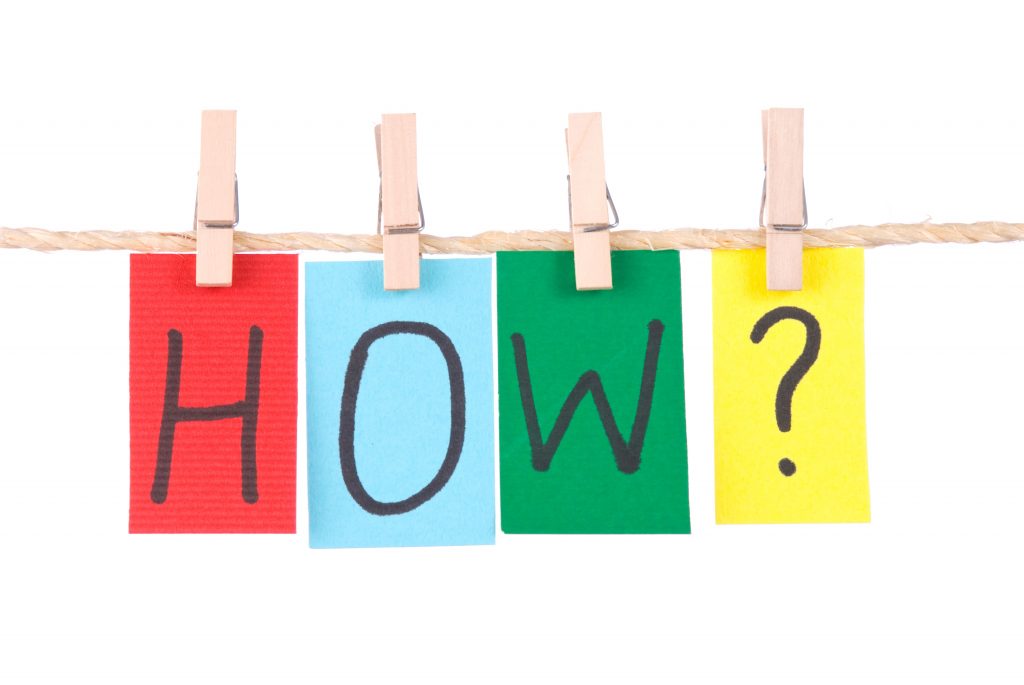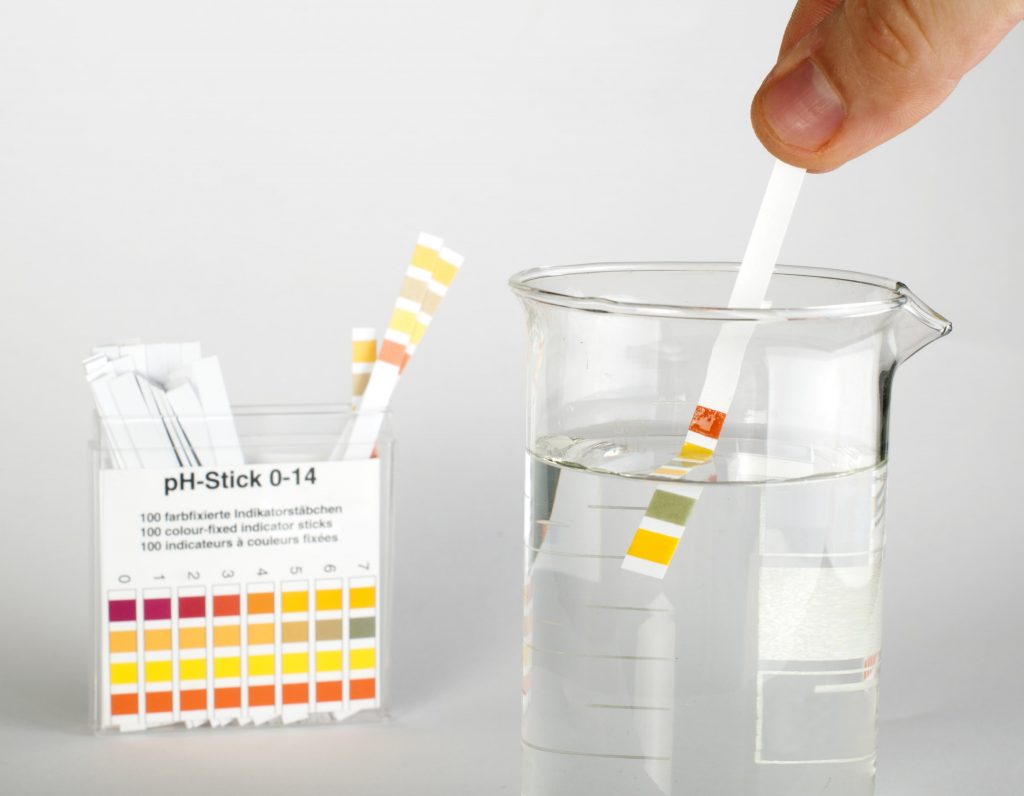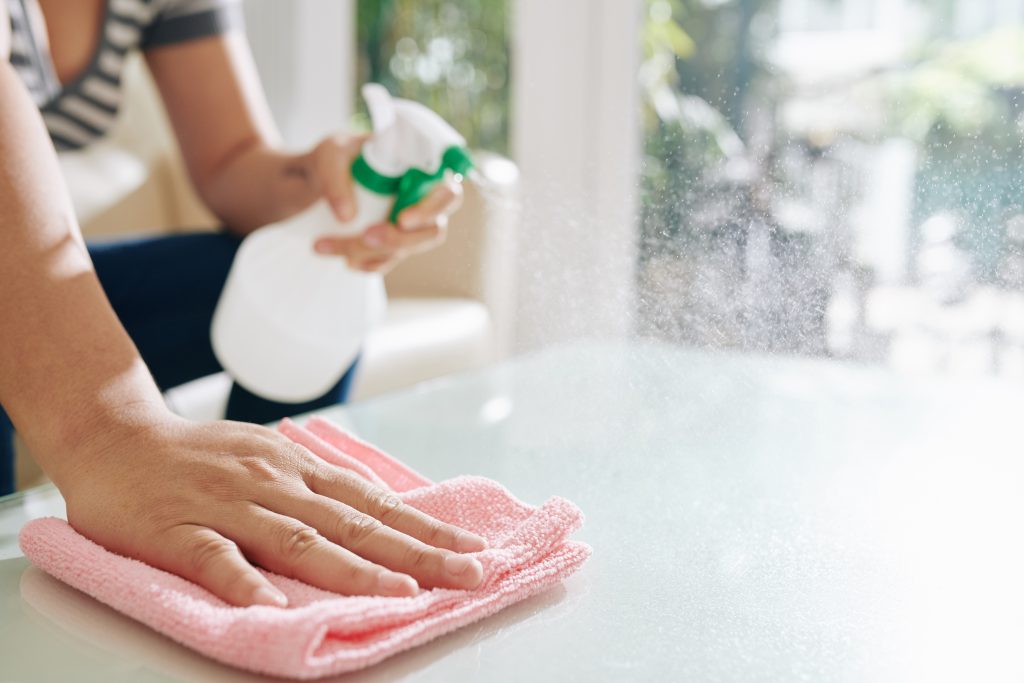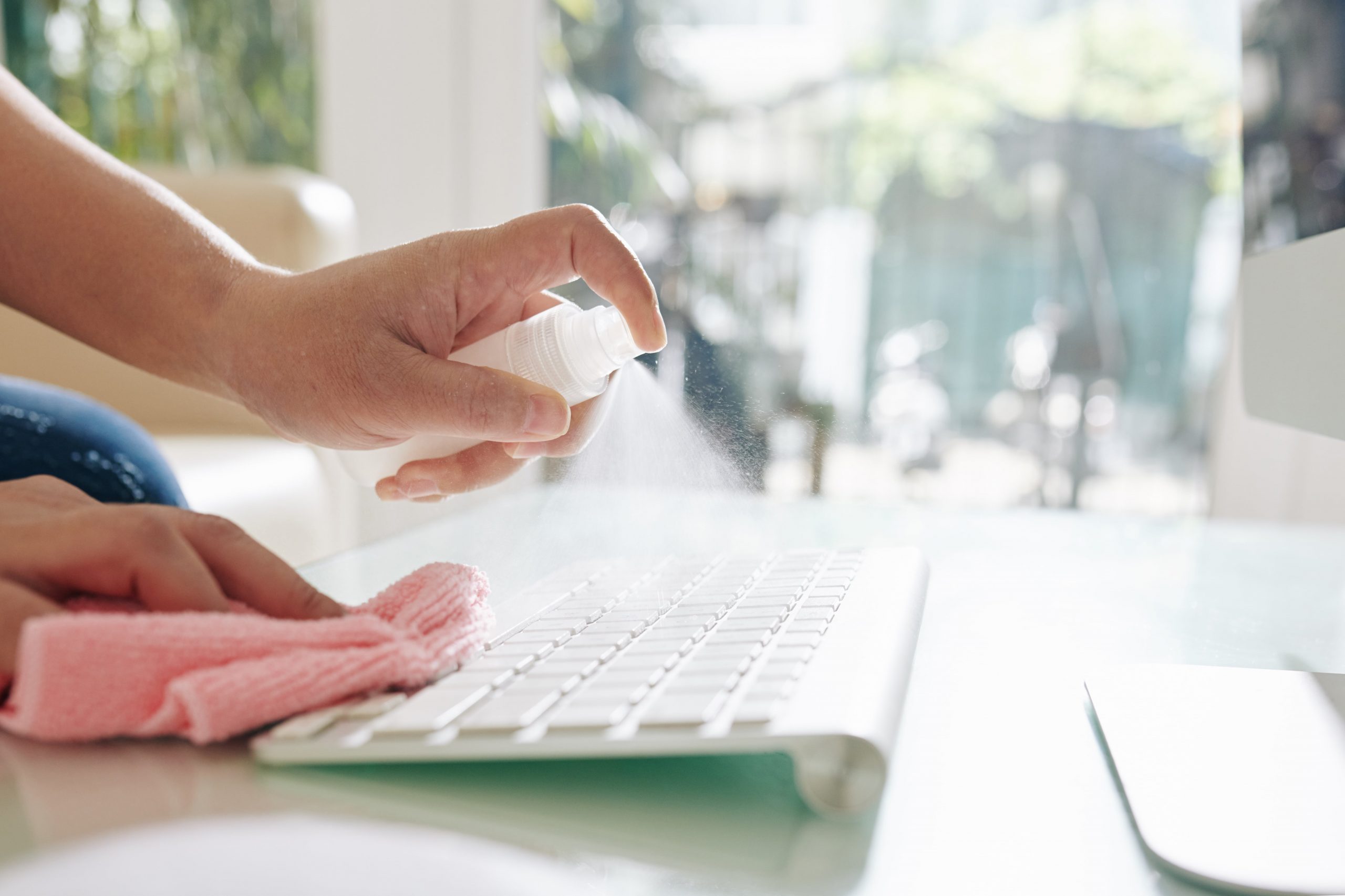In Part 1 of this article series I wrote about a powerful disinfectant called hypochlorous acid (HOCL). Something strong enough to kill viruses and bacteria on contact. Hypochlorous acid is a chemical free, safe, all-natural disinfectant which is safe for humans, plants, and animals. This part of the series will focus on how to make homemade disinfectant by producing HOCL with a few simple household items and a generator.

How To Make Homemade Disinfectant Spray Using HOCL
To begin you will need 5 things:
- Water (preferably reverse osmosis water which is slightly acidic)
- Kosher Salt (you need salt that is non-iodized and fine, so it dissolves faster)
- Vinegar (regular vinegar will do without any additives)
- A mister or spray bottle
- A Hypochlorous Acid generator
The generator will be your greatest cost. They run anywhere from $50 to tens of thousands of dollars depending on the type of use. However, you will not need the very expensive industrial models. For regular households and office cleaning they are modestly priced between $60 – $350.
I purchased several units and found two particular machines were the best according to their claims. One was the Force of Nature device for home use. The other was a larger capacity unit (up to 1.5L) made by Ecoloxtech for both home and office use. However, there are pros and cons to consider with both of these units.
Force Of Nature Hypochlorous Acid Generator
Pros:
The Force of Nature is more economical of the two units with a clean design and easy to use. The starter package comes with a supply of pre-mixed solution containing vinegar and sodium which removes any guess work. All you have to do is:
- Plug the device in
- Pour in enough water to the fill line
- Open the capsule and empty its contents into the machine
- Press the power button
Et Voila! In 8 minutes, you have enough disinfectant to fill a spray bottle (that comes with the kit).
Cons:
There are two cons to this device.
- You are encouraged to only buy their “proprietary” capsules when you run out. If you live in Canada, this cost can add up considering the items are in US dollars and you have to add shipping and taxes to the final amount.
- It makes a relatively small amount of solution. Therefore, it may fall short of your needs if you are a clean freak. I found that for home use my spray bottle lasts about 7-10 days. However, at my office I was using two capsules every 4 days.
Ecoloxtech Hypochlorous Acid Generator
Ecoloxtech was the next unit I purchased which had a larger capacity (up to 1.5 L). It was also ordered from the US and the more expensive of the two sold for $259 (USD not including shipping, duties, and taxes).
Pros:
- Simple lightweight design
- Ease of use
- Ability to produce up to 1.5 L of HOCL
- Free and fast shipping
- Measuring spoon included
- Chlorine testing strips included
- A bottle of potassium carbonate included (if instead of a disinfectant you wanted a powerful degreaser instead).
Like the Force of Nature, it is relatively simple and straightforward to use.
- Fill the device with the appropriate amount of tap water
- Add 2 grams of kosher salt (Optional: add 1 teaspoon of vinegar to lower pH)
- Close the lid and press the ON button to the desired setting
That’s it!

How To Test Your Homemade Disinfectant
Now that you’re done making the disinfectant, how can you measure its concentration and pH?
If you’re a stickler for details and quality control, purchase some pH and chlorine test strips.
Measuring Concentration
In order to measure the concentration, use the chlorine test strips. After the initial 8 min cycle is complete, dip the test paper into the water and compare the colour to the scale. HOCL is a free chlorine molecule which is why it has very mild chlorine scent that is more fresh than irritating. It’s easy to test the concentration in measurements of 10, 50, 100, and 200 parts per million (ppm) using these simple chlorine strips.
Measuring pH
The pH is important because the amount of available HOCL depends on the acidity of the solution. According to the Ecoloxtech website: (1)
At pH 5, over 99% of the free chlorine molecules will be HOCl. With pH 6, over 90% of the free chlorine molecules will be HOCl. At pH 7, over 80% of the free chlorine molecules will be HOCl. And at pH 8, only 20% of the free chlorine molecules will be HOCl.
Ideally, when checking the pH after a cycle, you want the finished product to be between pH 5-7. I use reverse osmosis (RO) water because it is “dead” water and slightly acidic. This ensures a higher amount of HOCL molecules are in your solution. You don’t necessarily have to use RO water as regular tap water will do the trick.

How Long Is The Disinfectant Active For?
The answer to this question depends on a number of factors. After you are satisfied with the concentration you’ll want to transfer the contents to a sealed spray bottle. My spray bottles are covered on the outside. This prevents UV light to penetrate the solution causing it to degrade. I also store it at room temperature away from direct sunlight.
Even with all these precautionary measures, hypochlorous acid concentration decreases about 1% a day. In other words, if you generated 200 ppm, it would be at around 180 ppm in a couple weeks. Therefore, I recommend using it up within a couple weeks to ensure maximum effectiveness.
Other Uses For HOCL Besides Disinfection
There are numerous uses besides disinfection of hard surfaces. For those requiring more information and research, click here for the multiple uses of HOCL.
Can HOCL Be Used As Hand Sanitizer?
Yes! Hypochlorous acid is a chemical free, safe, all-natural disinfectant which is safe for humans, plants, and animals. In fact:
References:
Disclaimer: The content of this article is for informational use only. Do your own due diligence before investing in any of the products mentioned. It is possible to generate higher concentrations of solution by running multiple cycles of electrolysis which can significantly increase the potency of the end-product.
Dr. Nenos has been a Hamiltonian since 1990. He completed his undergraduate education at the University of Western Ontario and earned a Bachelor of Health Science degree with Honors. It was in his first year of university that he learned of a profession called Chiropractic. At the time, Dr. Nenos was considering pursuing medicine. Shortly after speaking with many prominent chiropractors and eventually becoming a patient himself, he realized that there was more to this profession than just neck or back pain.
After deciding to pursue Chiropractic he attended the only English speaking school in Canada, the Canadian Memorial Chiropractic College (CMCC) in Toronto Ontario. He was actively involved at the college which ultimately earned him the Raymond Moss Award. While attending CMCC he was also honoured to receive a grant from the Canadian Institute of Health Research to conduct research in the field of anatomy. He graduated with a Doctor of Chiropractic Degree in 2008 and shortly after began practicing as an examination doctor in one of the busiest Chiropractic Clinics in the Golden Horseshoe Area. Shortly after Dr. Nenos followed his heart and decided to open Tree of Life Chiropractic in his hometown of Hamilton.
Dr. Nenos is actively engaged in the community. He served as Canadian Director of the Assyrian Medical Society for a period of time, a humanitarian organization dedicated to serving children, families, and their communities stricken by the war and famine in the Middle East. The organization’s leadership is based on accountability, transparency and honesty which is a reflection of his practice. He is also a runner and triathlete and competes mainly in half marathon distances (21.1 Km). Today, Tree of Life Chiropractic is blessed to serve patients from Hamilton and surrounding areas. He is also the health expert on the local TV show Hamilton Life and can be seen on Cable 14 producing content for his own health show. He is passionate about topics of health relating to the spine and nervous system, nutrition, mind, and exercise.
“My passion is helping people transform their lives by adopting a healthy lifestyle.”
~ Dr. Nenos Damerchie

